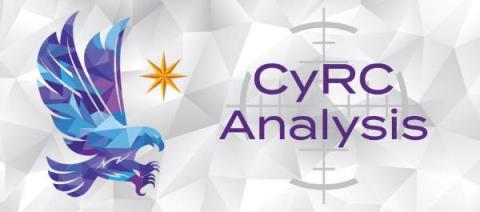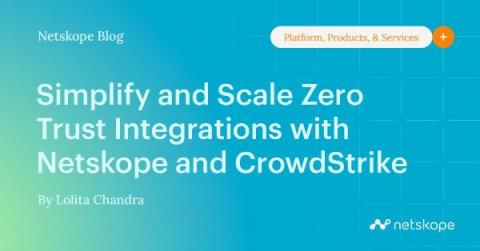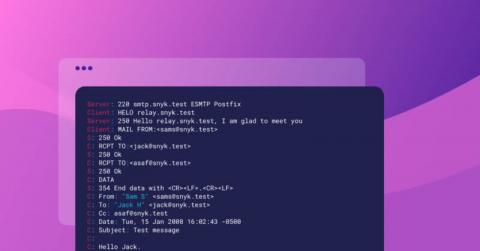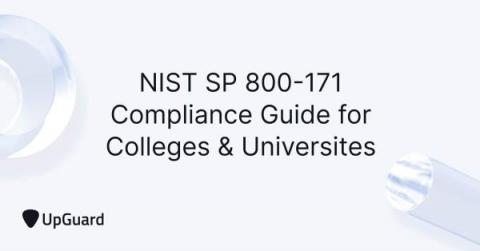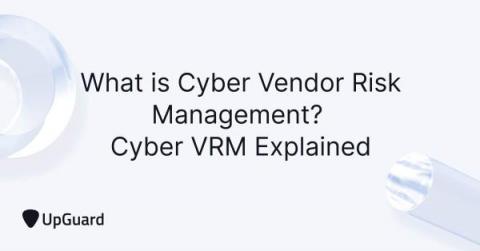Security | Threat Detection | Cyberattacks | DevSecOps | Compliance
Latest News
FedRAMP: The journey to cloud secure operations
Simplify and Scale Zero Trust Integrations with Netskope and CrowdStrike
We’ve seen major shifts in the digital landscape that have far reaching implications on organizations around the world. These include the widespread adoption of hybrid work, the accelerated migration from on-premise to cloud resources, and the exponential increase of data in the cloud.
Avoiding SMTP Injection: A Whitebox primer
SMTP Injection vulnerabilities are often misunderstood by developers and security professionals, and missed by static analysis products. This blog will discuss how common SMTP Injection vulnerabilities can exist in libraries and applications, and provide tips for finding and remediating them quickly.
10 best practices to containerize Node.js web applications with Docker
September 14, 2022: Check out our new and improved cheat sheet for containerizing Node.js web applications with Docker! Are you looking for best practices on how to build Node.js Docker images for your web applications? Then you’ve come to the right place! The following article provides production-grade guidelines for building optimized and secure Node.js Docker images. You’ll find it helpful regardless of the Node.js application you aim to build.
Strong Authentication Considerations for Digital, Cloud-First Businesses
Authentication as a baseline security control is essential for organizations to know who and what is accessing corporate resources and assets. The Cybersecurity and Infrastructure Security Agency (CISA) states that authentication is the process of verifying that a user’s identity is genuine.
NIST SP 800-171 Compliance Guide for Colleges & Universities
NIST Special Publication 800-171 (NIST SP 800-171 or NIST 800-171) is a set of security controls within the NIST Cybersecurity Framework that establishes baseline security standards for federal government organizations. NIST SP 800-171 is mandatory for all non-government organizations operating with federal information systems.
What is Cyber Vendor Risk Management? Cyber VRM Explained
Cyber VRM is the practice of identifying, assessing, and remediating the cybersecurity risks of third-party vendors. This involves combining objective, quantifiable data sources like security ratings and data leak detection with subjective qualitative data sources like security questionnaires and other security evidence to get a complete view of your third-party vendors’ security posture. A Cyber VRM solution facilitates this practice.
Web Application Testing in 2022: What You Need to Know
As we move further into 2022, the world of web application testing is changing. We are seeing new challenges and opportunities as businesses become more reliant on online applications. In this blog post, we will discuss the latest trends in web application testing and how you can prepare your business for the future.


